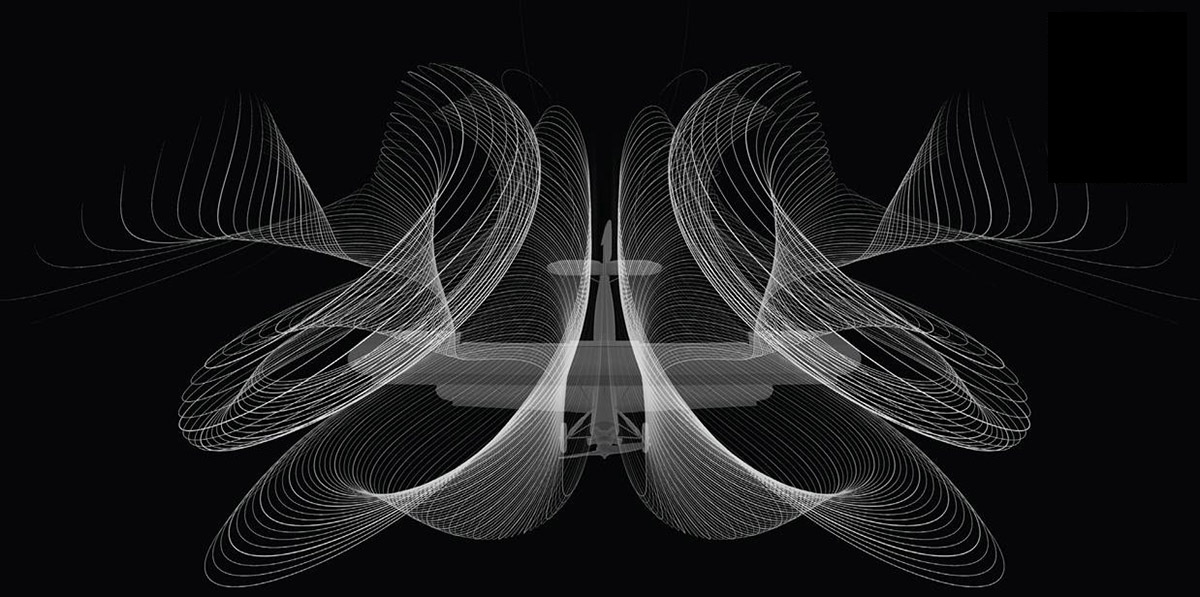I Design, Therefore I Am

.........................................................................
Originally published in Applied Arts Magazine, 2016
.........................................................................
4 MINUTE READ
As a university freshman, I studied philosophy. One of the first thinkers we studied was Aristotle, and for one of the first assignments we had was to answer the question, “Was Aristotle right in saying that the only thing that separates humans from animals is our ability to reason?”
Of course, the question was designed to test a first-year philosophy student’s own power of reason, and my answer was that reason was not the only difference to consider. The example I provided was crime: No animal can be accused of committing a crime, and since crime is not as much the product of reason as it is of emotion, reason is therefore not the only difference between homo sapiens and the rest of creation.
I could also have said that there is another skill not bestowed upon animals, one that clearly marks human intelligence as the unique wonder that it is: the ability to design. René Descartes, in a nod to Aristotle, may have famously said, “I think, therefore I am.” But I would say, “I design, therefore I am.”
What does the word “design” mean? At a very high level, it can be seen as the ability to imagine something that isn’t here yet. Now, some may point out that you can say that about any art form. All great art – especially the kind that breaks new ground and challenges our accepted norms – is about creating something that the world has not yet seen. But what separates art from design is its purpose. Art is made with no other purpose but to communicate what is in the artist’s mind. What makes the art great is the quality and relevance of the artist’s ideas. Art is not a solution to a problem.

Adidas product sketches
But design is. Ultimately, the role of design is to solve a problem through the creation of a plan for the construction of an object, system, or human interaction. At a formal level, it is commonly associated with disciplines like architecture, urban planning, graphic design, UX design, industrial design, and service design. As such, it is seen as the domain of a small number of practitioners who are trained in or gifted with this ability to apply both a functional and aesthetic imagination to the inception, iteration, and refinement of artifacts of utility and beauty.
There are plenty of examples of such artifacts throughout human history, many of them anonymously designed, many attributable to notable figures whose work constitutes the accepted canons of design history. But I would posit that everything that has not been directly produced by nature is the result of a human design decision, whether that human is conscious of the fact that she is designing or not. When you plan your day, you are making design decisions. When you make a grocery list, you are designing your nutrition. As I write this article, I am designing the message I wish to convey.

Czech philosopher Vilem Flusser
Though we have been doing it since we were cavemen, the word “design” did not really achieve its current cultural significance until the end of the 19th century. As Czech philosopher, writer, and journalist Vilém Flusser reminds us, at that time, modern culture made a clear distinction between the arts and technology – the latter being scientific, quantifiable, and hard, the former being aesthetic, evaluative, and soft. Design became the bridge across this divide. In Shape of Things: A Philosophy of Design, Flusser states how, “…in contemporary life, design more or less indicates the site where art and technology (along with their respective evaluative and scientific ways of thinking) come together as equals, making a new form of culture possible.”
This is where things get interesting. While any technology is the result of design decisions, few technologists would call themselves designers, which is why so much technology is so poorly designed. Technology is just waking up to the importance of design principles. This is concurrent with the rise of human-centered design, a pattern of practice that sees all design as a response to a real human need rather than just an expression of what someone thinks is a cool idea.
If design is a core human skill, an ability that defines us as different from all other sentient beings, then the human-centered conception of design is perhaps the most authentic manifestation of our species’ existence.
I design, therefore I am . . . human.
